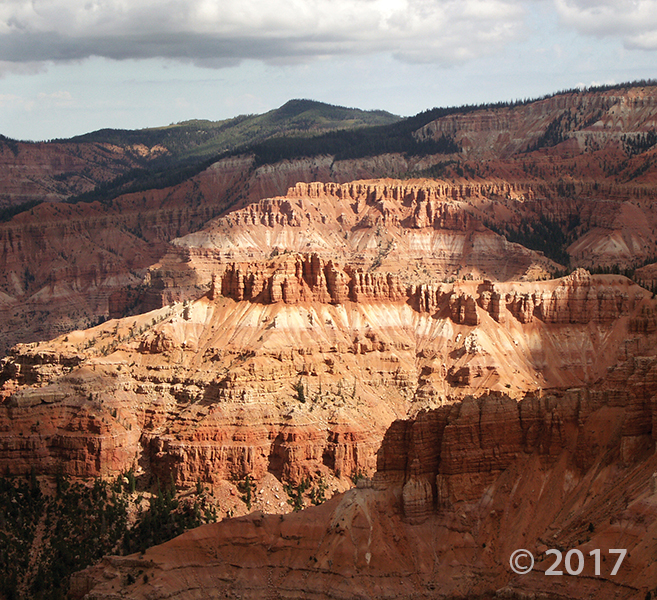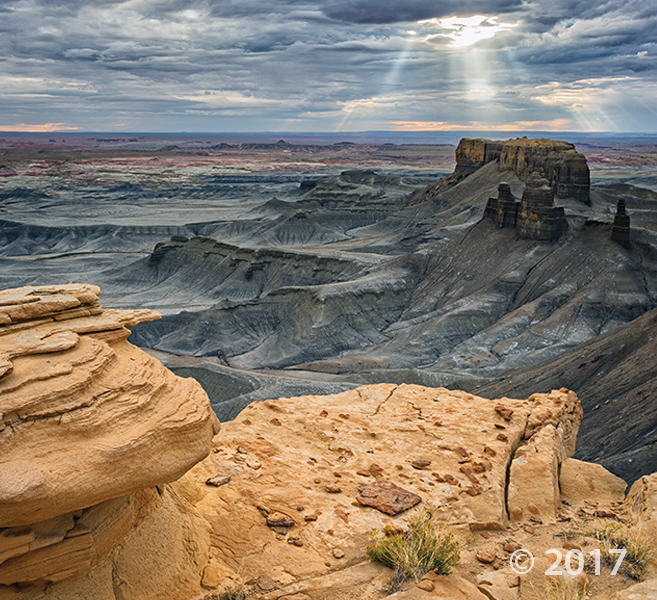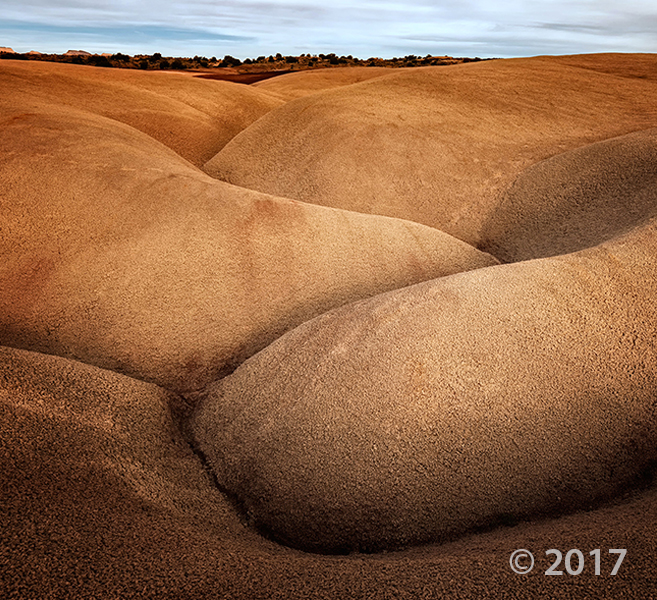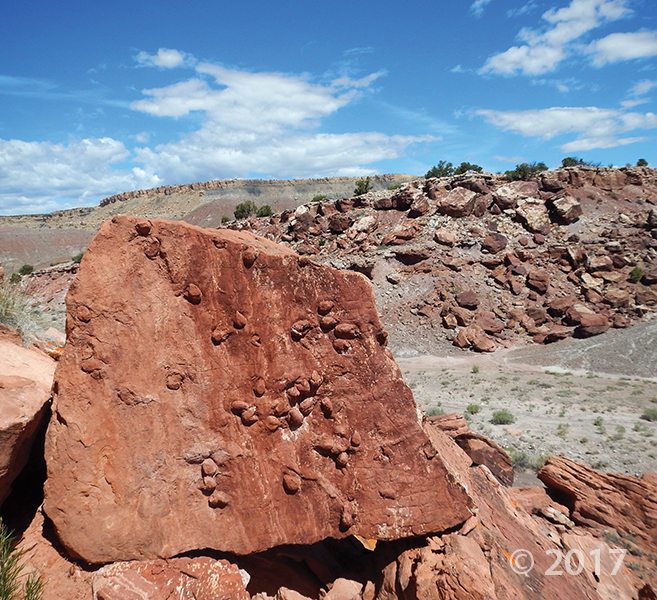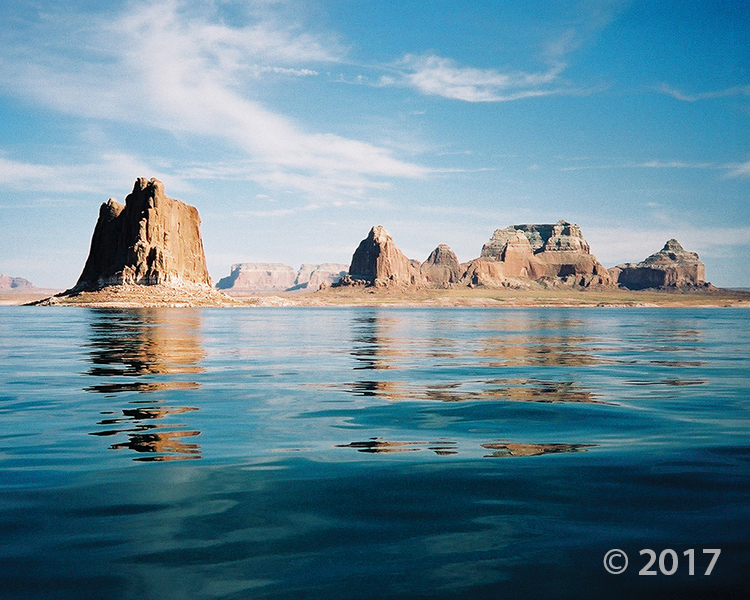Tag Archive for: POTD
Cedar Breaks National Monument, Iron County
Photographer: Ken Krahulec © 2017
Headward erosion into the Markagunt Plateau has created the spectacular badlands of the Cedar Breaks amphitheater. The brightly colored rocks of the Claron Formation include limestone, mudstones, sandstone, and conglomerate deposited in streams and lakes around 50 million years ago, as well as ancient soils developed in these deposits.
Blue Hills Overlook, Wayne County
Photographer: Gregg Beukelman © 2017
Early morning light spotlights a mesa in a typical badland landscape composed of easily eroded shaly siltstone and mudstone of the Tununk Shale Member of the Cretaceous-age Mancos Shale. The Ferron Sandstone, also a member of the Mancos Shale, is in the foreground.
Glen Canyon National Recreation Area
Photographer: Grant Willis © 2017
Padres Butte towers over Lake Powell’s Padre Bay, both named for the Dominguez-Escalante Expedition, which crossed the Colorado River near this site in 1776. Padres and the other buttes in this area are composed of Entrada Sandstone, one of several geologic formations that form the sandstone “slickrock” that typifies much of southern Utah’s landscape.
Fremont petroglyphs
Photographer: Charles Bishop © 2017
At the mouth of Cottonwood Canyon, Fremont petroglyphs in the Northern San Rafael Style depict a hunting scene. The figures are etched into sandstone of the Green River Formation, and derive their contrast from the dark, weathered patina developed on the light-colored rock.


